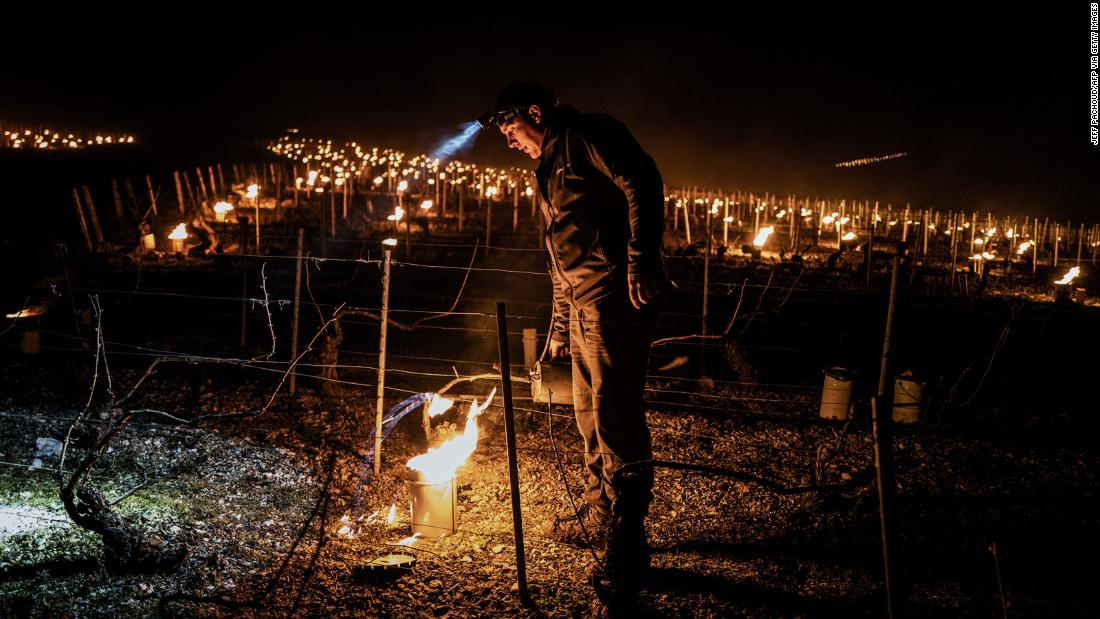Beaune, France (CNN) — France’s Burgundy winemakers agree on one thing: 2021 was about as catastrophic a year as any of them can remember.
It was in April that disaster struck.
Even as the delicate buds of their vines were burgeoning, the weather forecasts warned of a sudden and unseasonable drop in temperatures.
For three nights, the winemakers stayed up in their vineyards, burning candles in a desperate attempt to save their crops — some of the most valuable in the world — from frost damage.
It was to be in vain. The temperatures dropped so low that in some parts half the crop was lost and France declared an “agricultural disaster.”
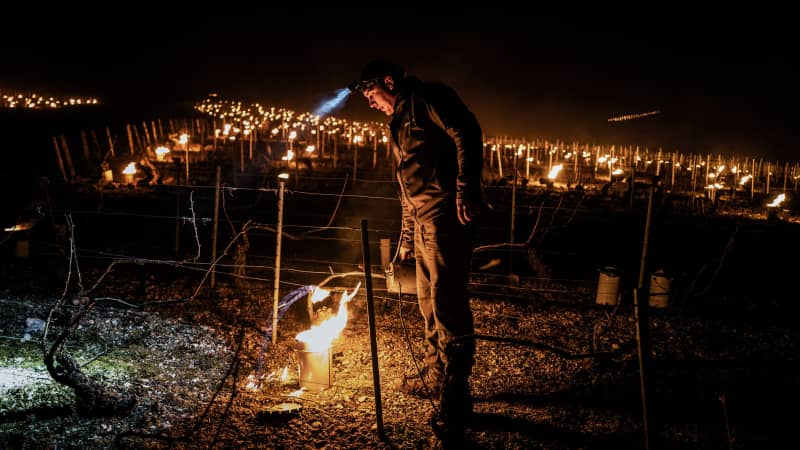
Burgundy winemakers used candles to try to protect their vines during April’s freeze.
JEFF PACHOUD/AFP via Getty Images
Albéric Bichot, the president of the Federation of the Burgundy Wine Houses, says the three nights of frosts cost the region €1 billion ($1.1 billion). As for his own harvest, he says 70% of his white wine grapes and 40% of his red were lost.
“It’s kind of dramatic for all of us,” Bichot tells CNN. “Burgundy is small and for our small region, it’s something very, very heavy. But that’s life.
“The good news is that we will pick more grapes. The next harvest is in 10 months, so we have to be optimistic!”
Fierce bidding
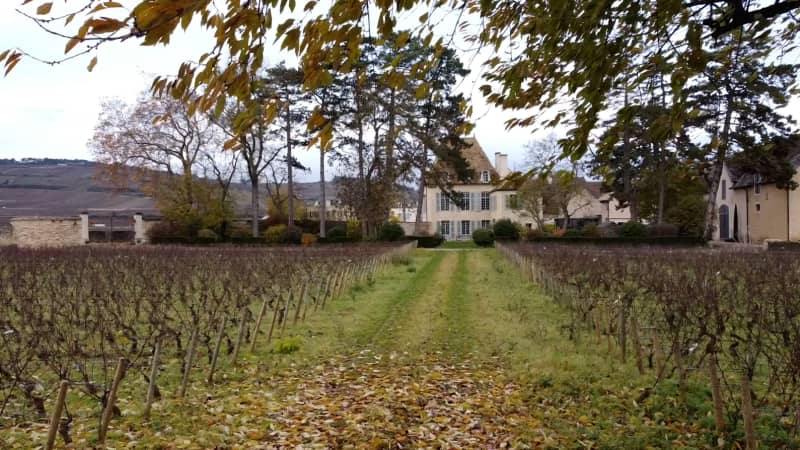
Three nights of frosts are said to have cost the Burgundy region €1 billion.
Mark Esplin/CNN
Beyond Bichot’s wineglass-half-full assessment, there was also some tangible good news for the region’s winemakers at Sunday’s Hospices de Beaune charity auction, an annual event seen as a bellwether for what the year’s harvest is likely to fetch.
The auction, held in the beautifully preserved Hospices de Baune, honors centuries of tradition in which the medieval almshouse received donations of plots of vines in celebrated regional wine villages like Gevrey-Chambertin, Vougeot and Meursault.
Each year, on the third Sunday in November, the Hospices sells the year’s harvest in barrels that will be aged and bottled by local wine producers, providing a carefully watched early indication of how the market views the potential for good wine.
This year’s event, organized by Sotheby’s auction house, saw hundreds of bidders, both in person and remote, competing to buy barrels filled with some of the finest wines in the world.
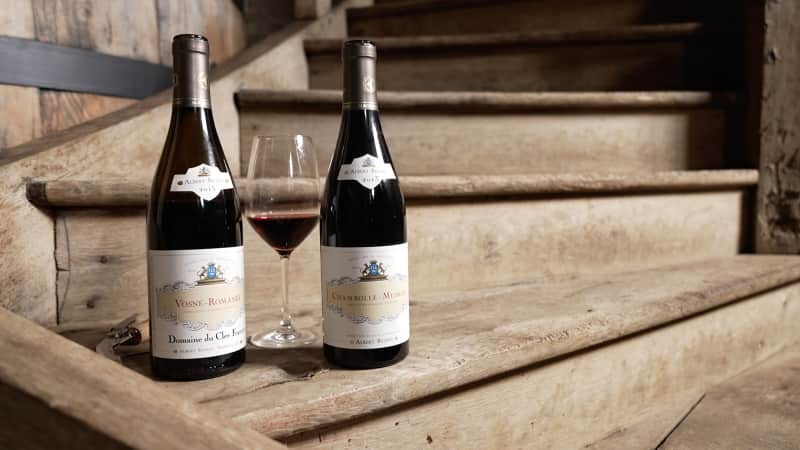
Burgundy winemakers believe the difficult harvest could make the wine tastier.
Mark Esplin/CNN
While there may have been fewer barrels than usual in the cellars of the Hospices this year — about half according to the auction’s organizers — the auction still brought hope and cheer to the region.
With so few barrels up for sale, bidding was fierce from the start, with purse strings loosened further by the sale’s charitable nature.
All eyes were on the main event, which came in the late afternoon, the sale of the Pièce du Président, a 228-liter barrel of Corton-Renardes Grand Cru, which sold for a record €800,000 ($900,000).
Juicy prospects
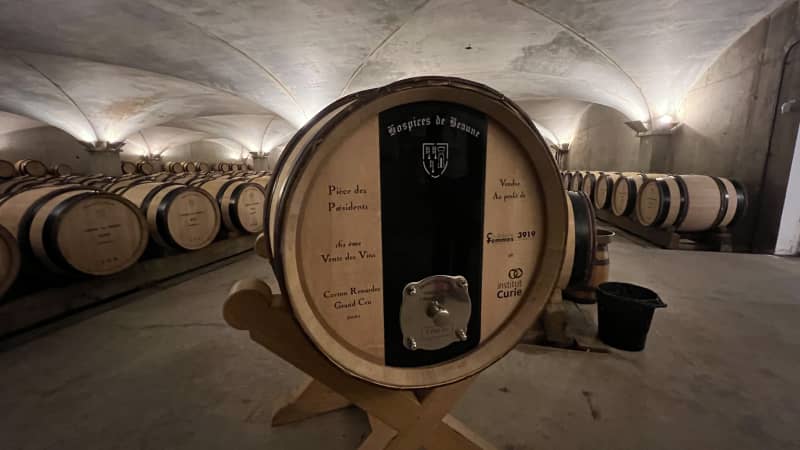
This 228-liter barrel of Corton-Renardes Grand Cru sold for €800,000.
Pierre Bairin/CNN
Beyond the immediate benefit to charity, the sale brought some hope that though this year’s harvest is diminished, the prices it fetches may help compensate a little.
Bichot insists even higher prices will not make up for the shortfall, but says France’s traditional winemakers are in it for the long game.
“When we plant a vineyard, it’s not for next year, it’s for the next generation,” he says. “We plant the vineyard for the next 50-60 years. We just try to reveal the soil, the terroir, the climates of Burgundy in the long term for the next generations. It’s our lives, the life of our parents, grandparents… and for our kids too.”
But Bichot sees a silver lining where few others have found one. The small harvest means, he says, “a high concentration of the juice” — potentially creating better wine.
“So we are still still early to know,” he says. “But what we are tasting for the moment makes us very optimistic.”
And, he points out, the fact that the fate of one of the world’s finest luxury products is in the hands of the gods, keeps local wine growers humble.
“We know how small we are,” he says. “And how much we owe to nature.”
CNN’s Pierre Bairin contributed to this report.
